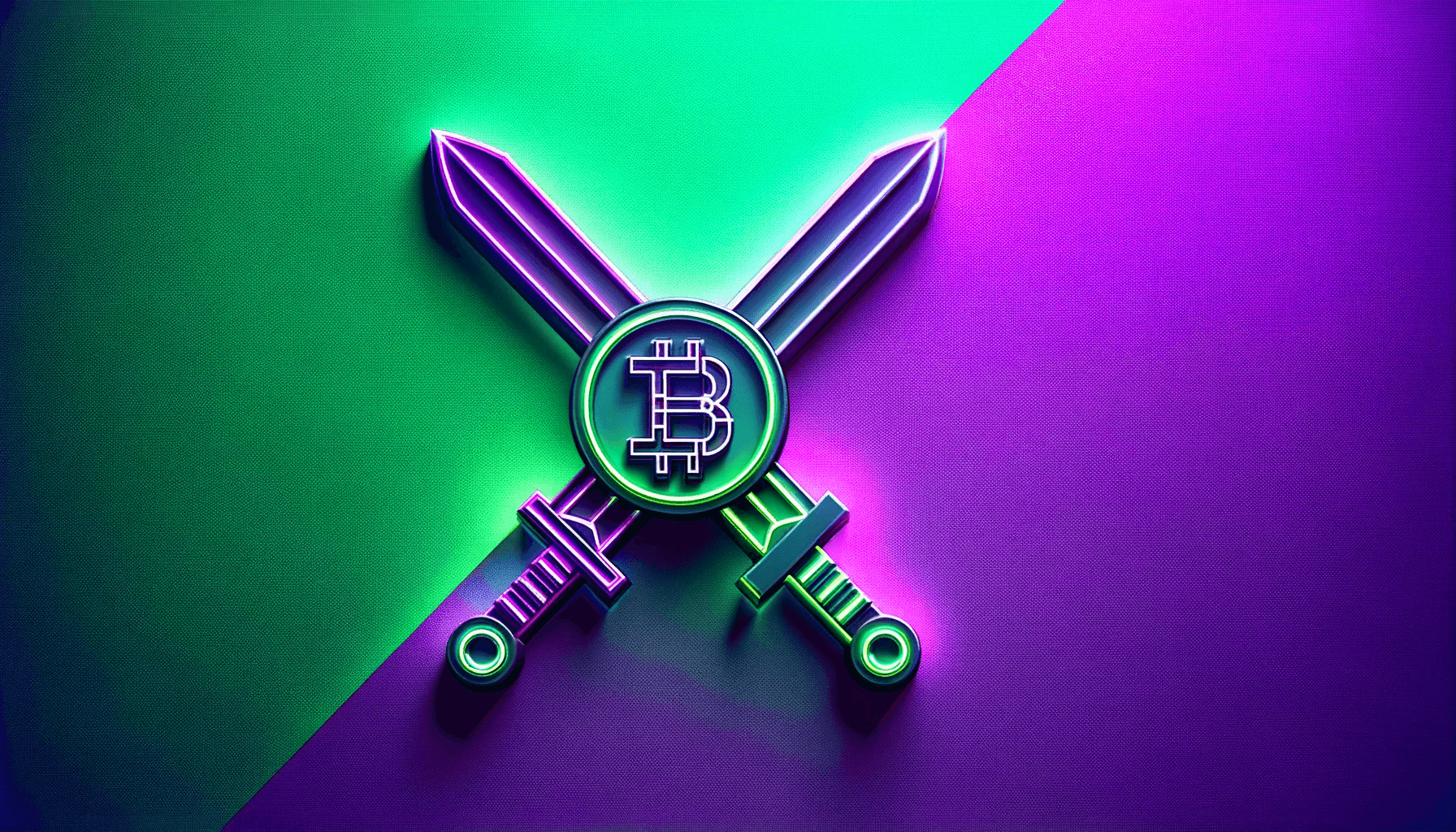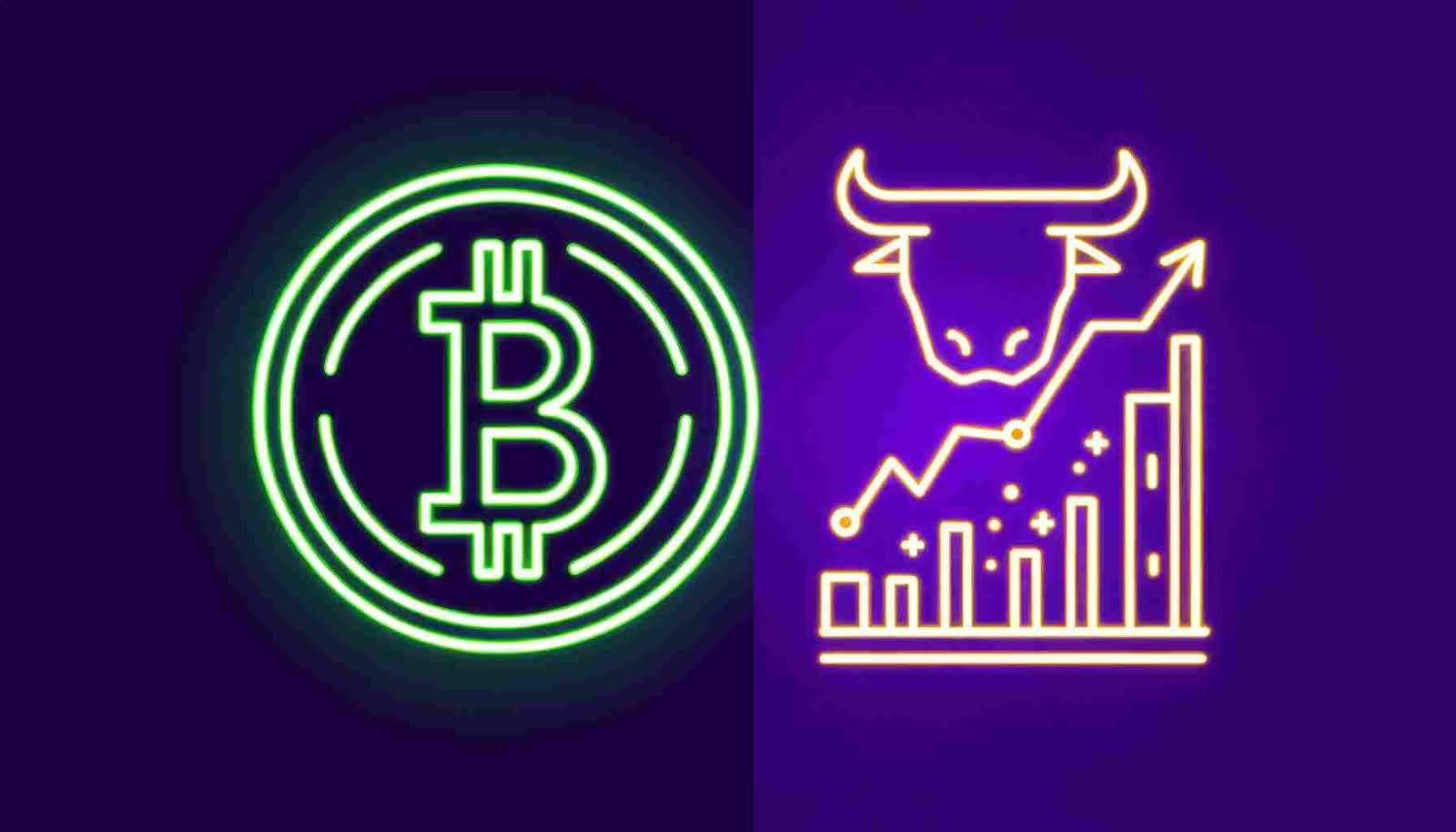
Crypto Forks are significant events in the crypto world that essentially split a blockchain network in two.
Often with a fork, there is a fundamental change or divergence from the underlying blockchain, leading to the creation of a new blockchain with a separate set of rules and in many cases a new digital currency. Like a fork in the road, blockchain history splits into two separate paths.
What is a Crypto Fork?
A Crypto Fork is an important upgrade to a network that can either represent a radical change or a minor one that is initiated by developers or community members, changing a blockchain's underlying protocol.
One example is Bitcoin Cash which forked from Bitcoin in 2017, this was due to a debate over block size limits, Bitcoin adhered to smaller block sizes whereas Bitcoin Cash believed in a larger block size to accommodate more transactions.
Forks are often used to implement a fundamental change or create a new asset with similar characteristics as the previous one.
A normal blockchain runs when all network nodes agree a single blockchain contains verified data that the network knows to be correct. However, if there are nodes in the network that can't agree on the state of the blockchain, a fork may occur.
Some crypto forks are contentious as they occur when there are significant disagreements in the community regarding proposed changes to the rules of a blockchain, with each side supporting their preferred chain.
Non-contentious forks also exist where there is a broad consensus within the community regarding the proposed changes, usually, this results in a smooth transition to the new rules and blockchain.
The main types of forks are as follows:
Soft Fork
A soft fork is a backwards-compatible upgrade, where there are new rules and features or functions, it doesn't result in a new blockchain but enforces different rules onto the existing one. Non-updated nodes can still process transactions and push new blocks to the blockchain, as long as they follow the new protocol rules.
Hard Fork
A hard fork is a radical change, it creates a new blockchain with separate rules, effectively splitting the network in two, all miners and users must upgrade to the new chain, leading to a permanent divergence.
It is not backwards-compatible so the old chain is no longer compatible with the new version. Users holding tokens on the old chain are granted tokens on the new one as the blockchains share the same history.
Chain Split
A chain split is a type of hard fork, where there is no clear consensus on which chain is the legitimate one. This results in the coexistence of two separate chains, each with its own set of users and miners.
Why do forks happen?
Crypto forks often occur to implement technical improvements.
These can include enhancements to scalability, privacy, transaction speed and security.
Within the crypto community, there will always be ideological differences which can lead to forks.
These disputes often occur around core principles such as governance or decentralisation. Bitcoin Cash is an example of this, with a dispute over block size limits.
Security vulnerabilities can create a threat to the network, as a result, a fork is seen as a necessary measure to protect the blockchain from potential attacks or exploits.
Miners and stakeholders may push for a change that they believe will benefit their interests economically, this could be by reducing transaction fees or improving mining rewards.
Examples of Crypto Forks
As mentioned earlier Bitcoin Cash forked from Bitcoin in 2017 due to a dispute over block size limits, since then however, in 2018 Bitcoin SV was created, as a contentious fork from Bitcoin Cash.
The community behind Bitcoin SV aimed to restore what they saw as the original vision of Bitcoin's creator, Satoshi Nakamoto.
Bitcoin is not the only blockchain to experience a fork.
Ethereum Classic emerged from a contentious fork of the Ethereum network in 2016.
This fork happened as a result of the infamous DAO hack. Where over 60 million in ETH was hacked.
Ethereum Classic supporters advocated for immutability and maintaining the original blockchain but not all of the community could agree on this decision, a hard fork seperated Ethereum Classic and as a result we have the Ethereum of today.
Final Thoughts
Crypto forks are complex events that have significant consequences for blockchain networks, communities and the market.
Forks are a result of technical improvements a community might want to make to a blockchain or ideological differences where one group in the community wants the blockchain to function a different way to another group.
Whilst forks can lead to innovation and diversification, they can also bring about challenges if not everyone is on the same page with how it should be done.
As the crypto space grows and evolves, forks will likely continue to happen as a necessary step for blockchain evolution.
Want More Cutting-Edge Crypto News?
Follow Us: X TikTok Instagram Telegram LinkedIn
Sign up to our newsletter at the bottom of the page
Check Out Our Top 10 Crypto Currencies of 2023
This article is intended for educational purposes and is not financial advice.

















